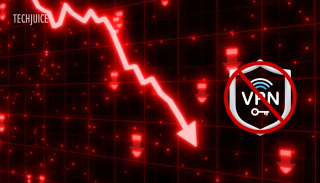In the Dutch countryside, around 130 km of Amsterdam, there are unusual hill towers and glistens above farmhouses. The 25-metre top hill is built from 15 years of household and business waste. It is remarkable for covering 23,000 solar panels.
The Netherlands have an average of two solar panels per inhabitant. These solar panels have a capacity of more than 1 kilowatt per person, which makes Europe’s per capita solar powerhouse.
Netherlands Making Space For Solar Powers
The Dutch experience includes installing solar panels on parking lots, commercial lakes, sheep gazing fields, strawberry farms, abandoned churches, train stations, and airfields could serve as inspiration for better positioning of renewables around the world.
“Because we have so little space in the Netherlands, it is important to use the ground for multiple reasons”, stated Bernd Nijen Twilhaar, a coordinator at Dutch solar developers, Solarfields.
The company manages the more significant solar farms and possesses a minimum of 450,000 panels in the country.
“We have to be innovative and creative, so we can produce the electricity the Netherlands needs to go green”.
The Dutch government plans to make 70% of its electricity renewable by 2030. However, the country aims to expand solar and wind power capacity and plans to cut emissions.
However, the Netherlands is constantly planning to cut energy reliance on Russia following its invasion of Ukraine.
Dutch wind and solar farms help cover the electricity supply gap left by gas-fired power stations.
Netherlands’ farmland is among the most expensive in the EU, making solar space costly.

Netherlands Leads Europe In Solar Power
The Netherlands pledged to restrict onshore gas and oil drilling in the last few years. The nation’s 2022 renewable energy budget was nearly 13 billion Euros.
Last year, the Netherlands generated 14% of its electricity from solar farms, i.e. up to 1% in 2015. The Dutch government is planning to expand solar farms that are better integrated into the landscape.
“We take the different energy technologies, stack them, and try to make a combination that works,” says Jacob.
“It takes a while, but once everybody hops on the train, we execute relatively quickly in the Netherlands”.
Solar Farms On Man-Made Lakes
As we know, nearly 20% of the low-lying country’s surface is water and solar power developers such as Groen Leven have benefitted by installing farms on man made lakes.
Though the company, up till now, has installed 500,000 solar panels on Dutch waters.
“This idea of floating solar came up in the Netherlands earlier than in other countries”, says Benedikt Ortmann, global director of solar projects at a German renewable energy company.
However, Dutch firms are also planning to find ways to make solar plants work alongside agricultural production.
“Rather than having to fight over who’s going to get access to the land, we come up with solutions to jointly use it”, says Karel Kooji, BDM at the Dutch subsidiary.
Read more:
Switzerland Installs 5,000 Solar Panels On Europe’s Highest Dam
China Bans Export Of Major Solar Panel Technologies












